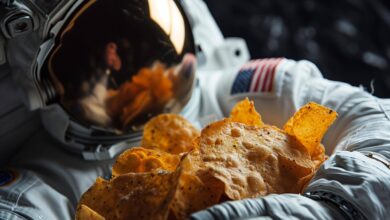
If you start at the top of the Earth’s atmosphere and go down about 100 km, the air pressure increases steadily and eventually you hit the Earth’s surface, which is either water or land. Compare that to Jupiter: from near the top of the atmosphere, which starts out as mostly hydrogen and helium, down. Like the earth, the lower you go, the pressure increases; But there the pressure increase is much higher.
As the layers of gas above your head push further down, it’s like being at the bottom of the ocean but surrounded by gas instead of water. The pressure increases to such an extent that the human body crumbles and disintegrates.
If you go down 1,600 km, the behavior of the dense gas that forms Jupiter becomes strange. Eventually, this gas turns into a form of hydrogen, creating what could be called the largest ocean in the solar system, albeit without water.
If you go down another 32,000 kilometers, hydrogen becomes more like flowing liquid metal, which is a very strange substance; So unusual that scientists have only recently had difficulty reproducing it in the laboratory. The atoms of this liquid metallic hydrogen are so compressed that its electrons roam freely.
Keep in mind that the transition of layers in the client is gradual and does not happen suddenly. The transition from ordinary hydrogen gas to liquid hydrogen and then to metallic hydrogen occurs gradually, and at no point is there a clear boundary of solids or surfaces. Eventually, you will reach the core of the client. This central region is inside Jupiter and should not be confused with its surface.









